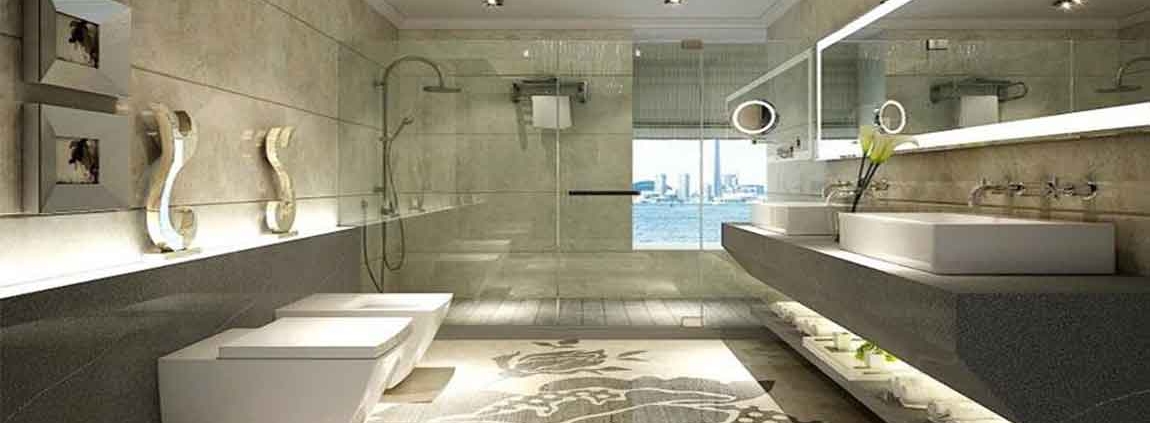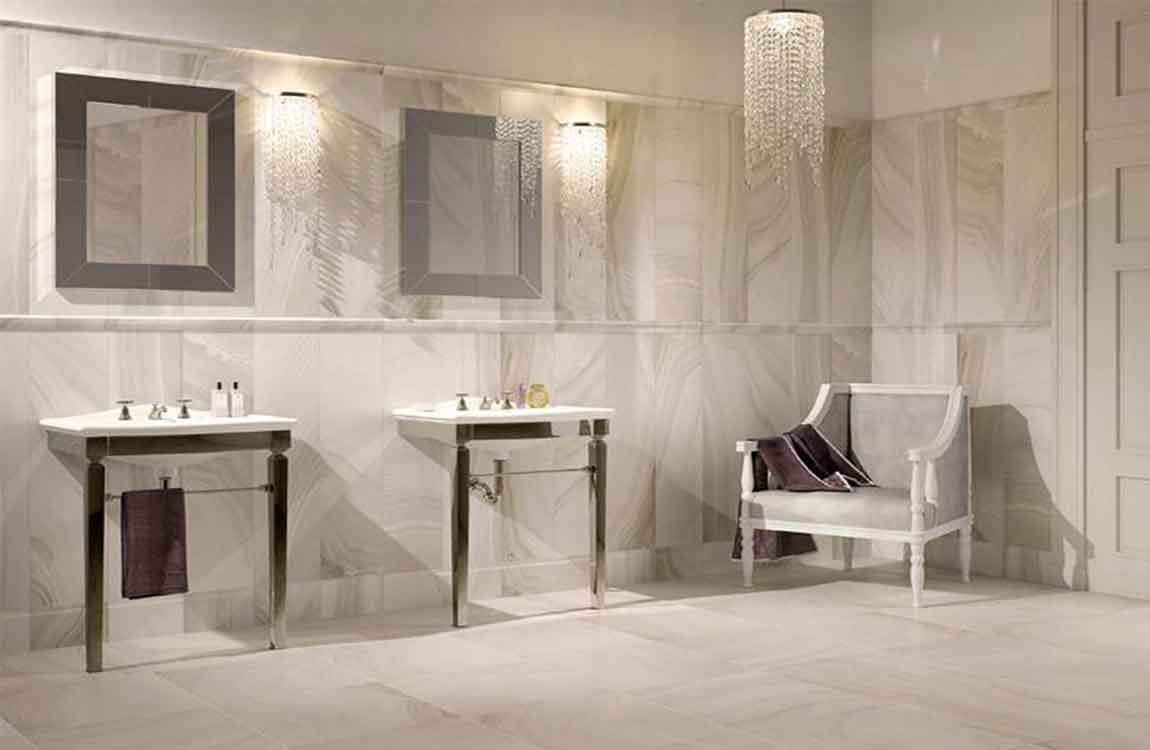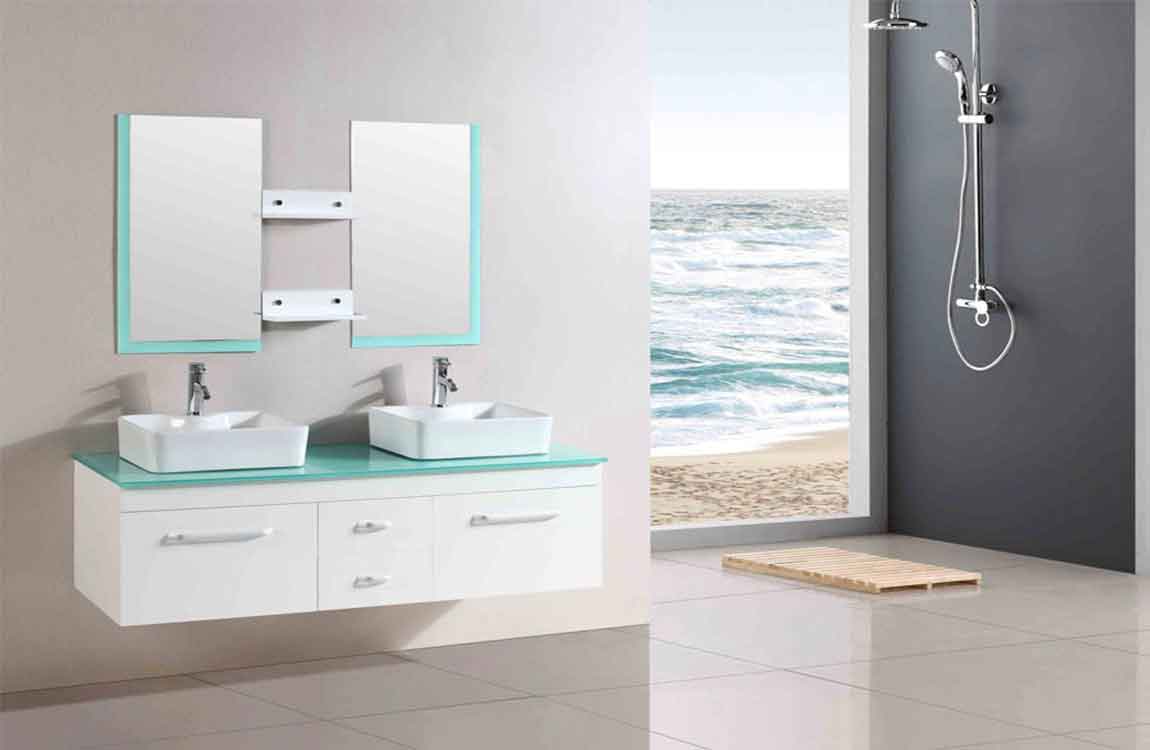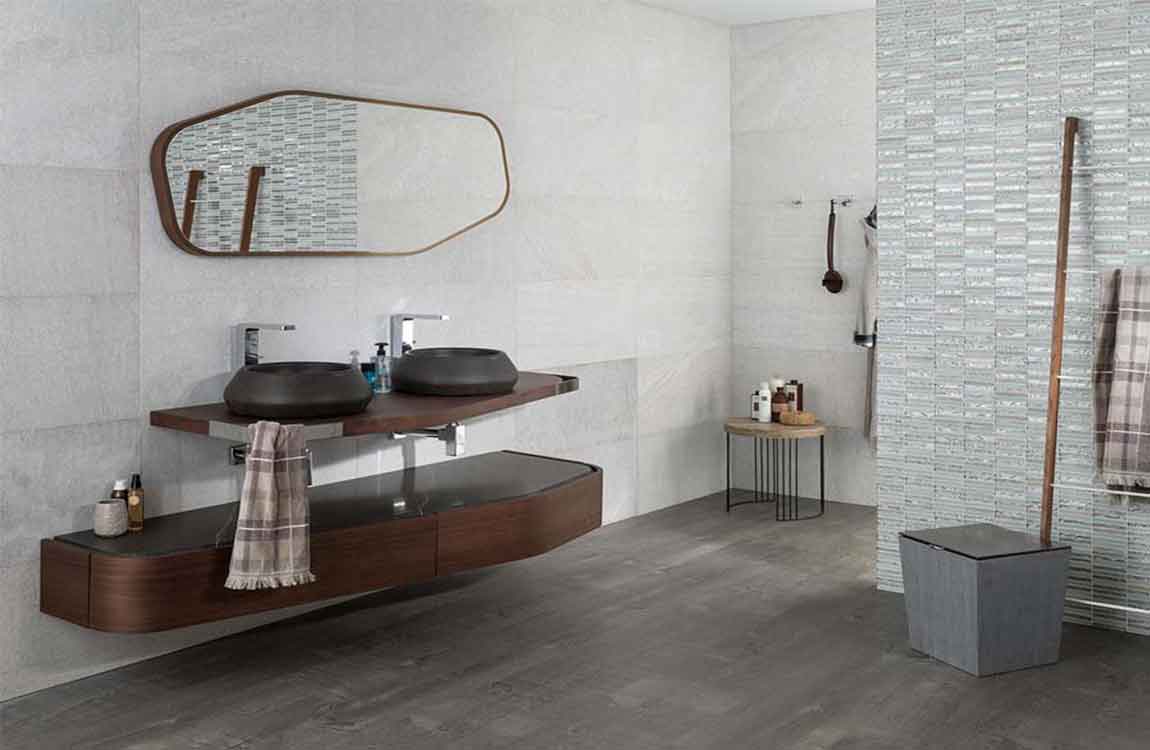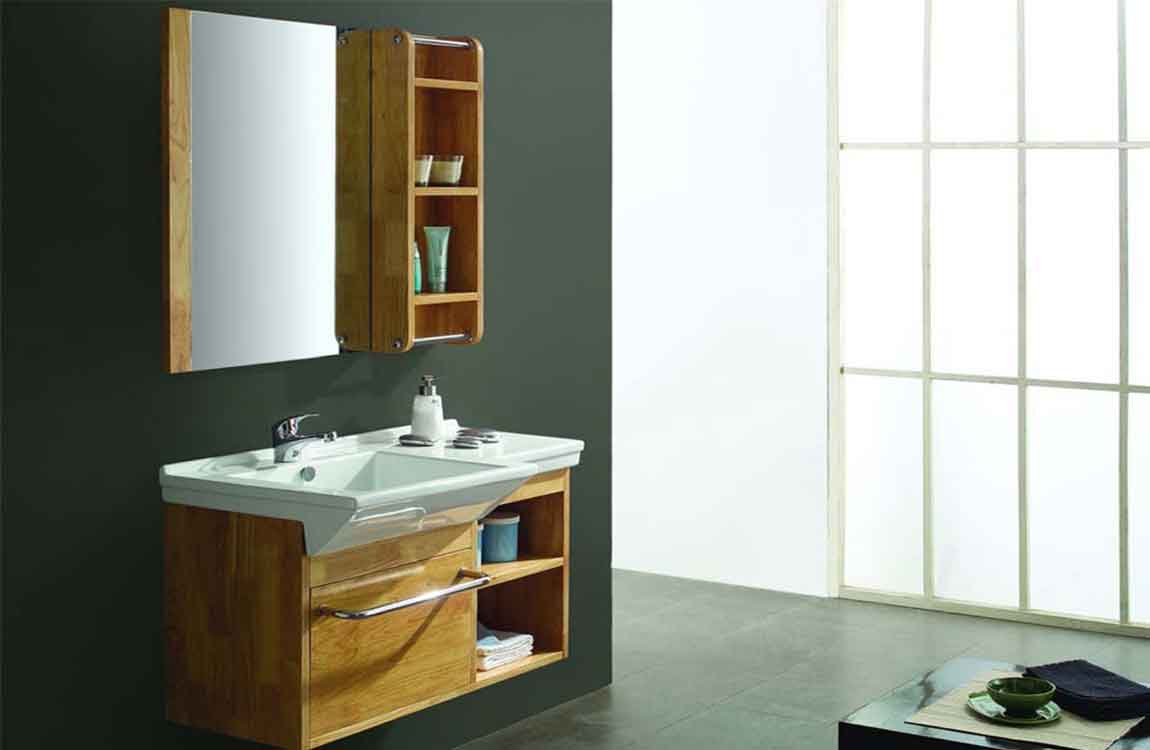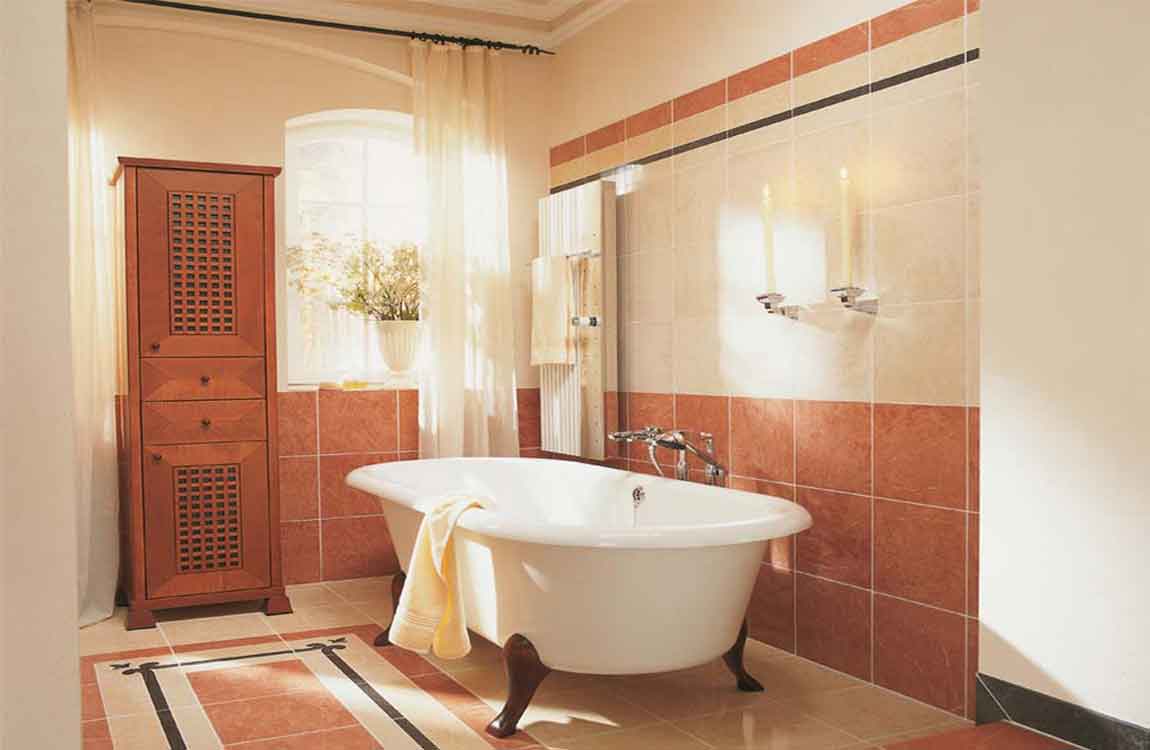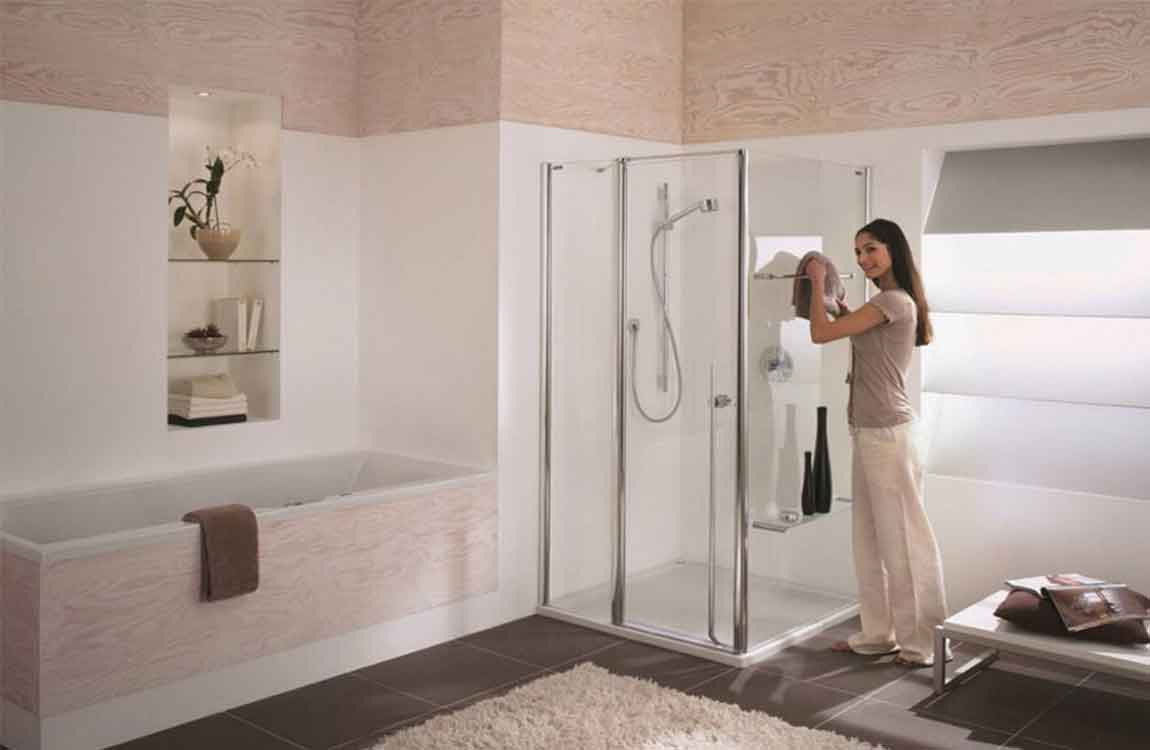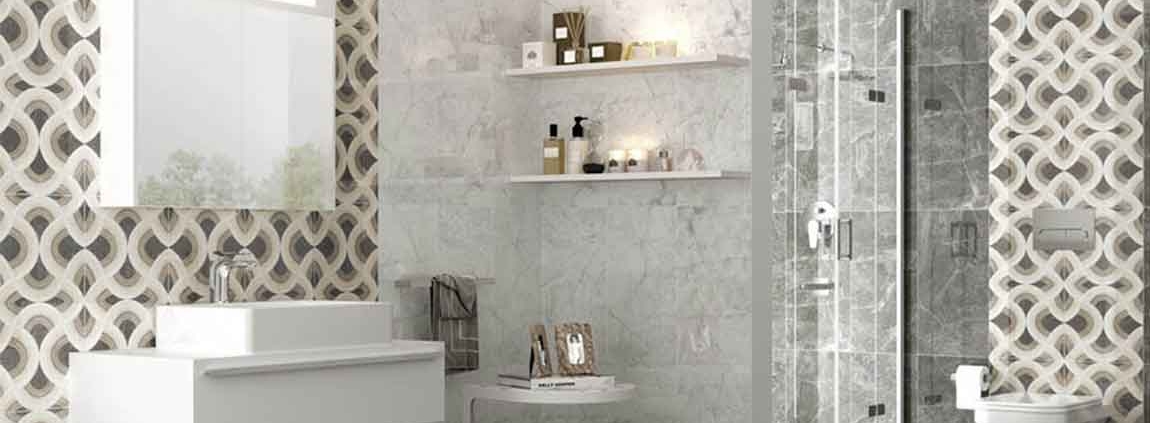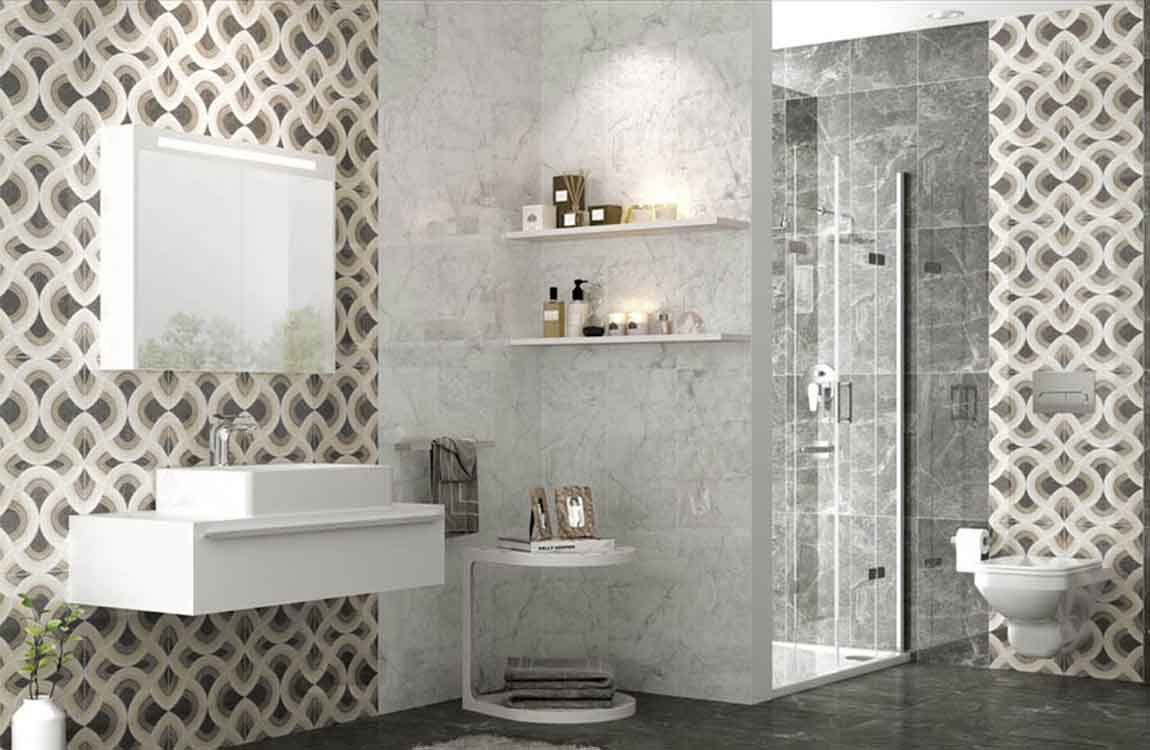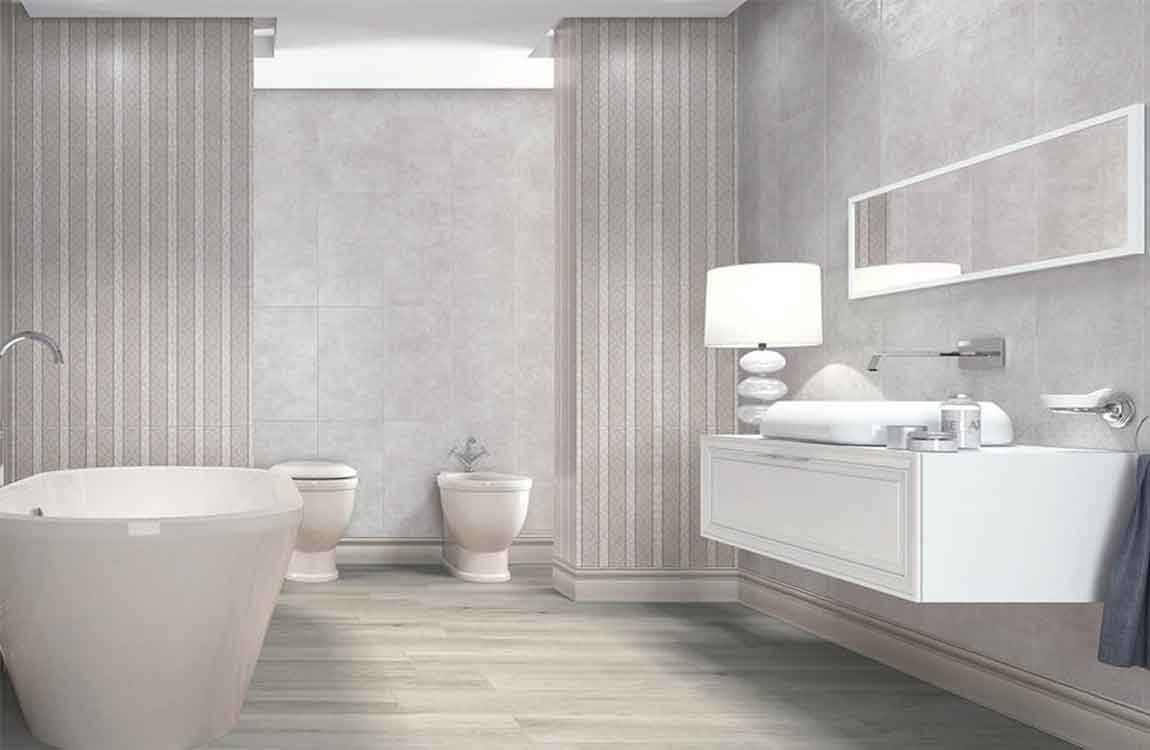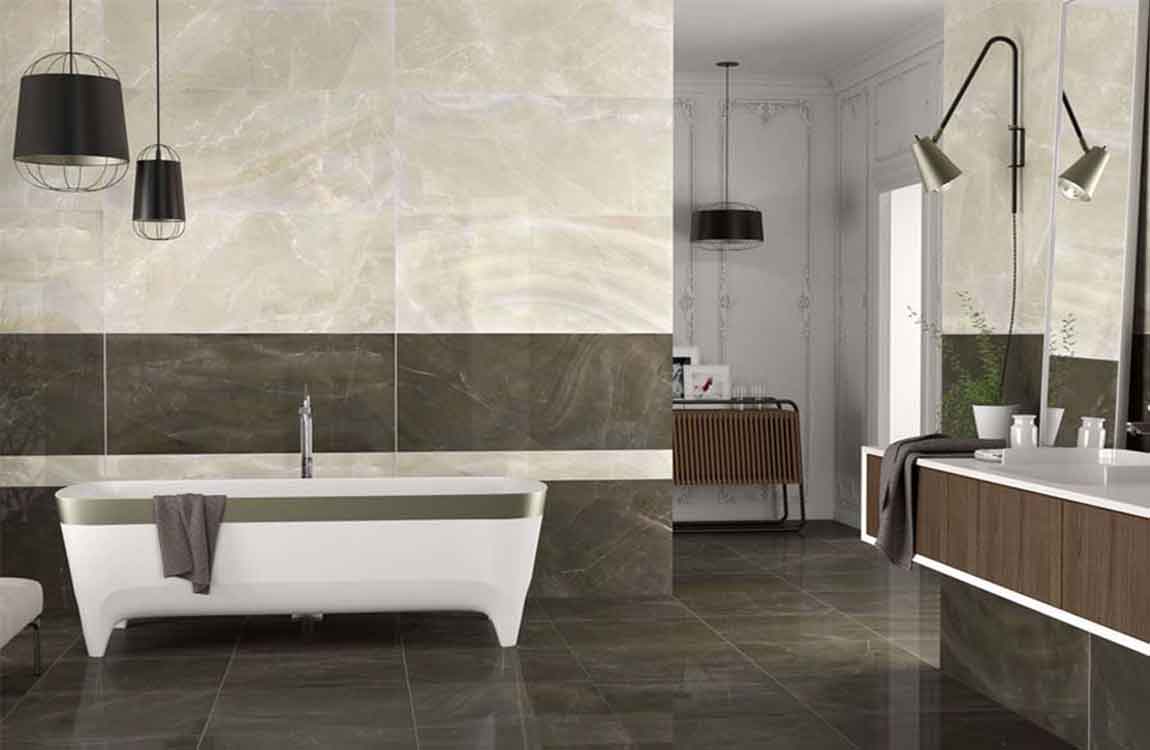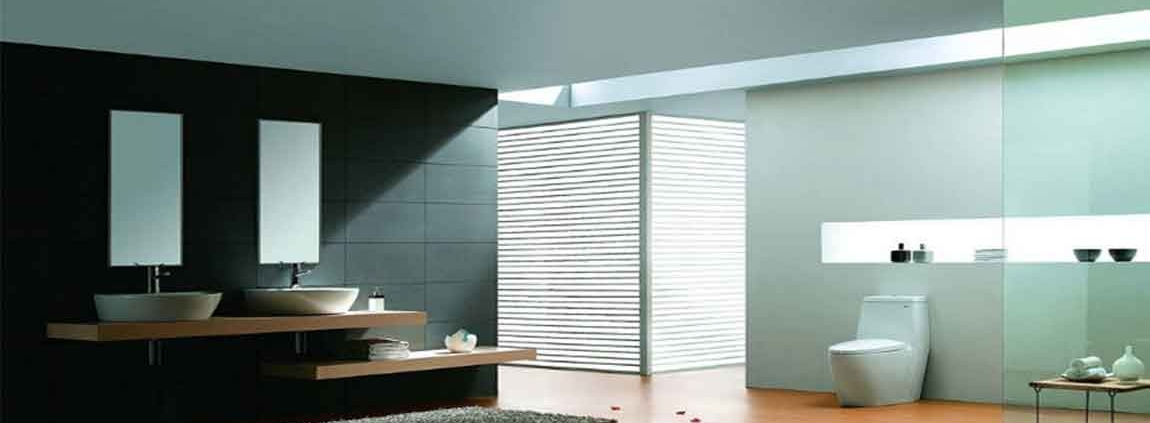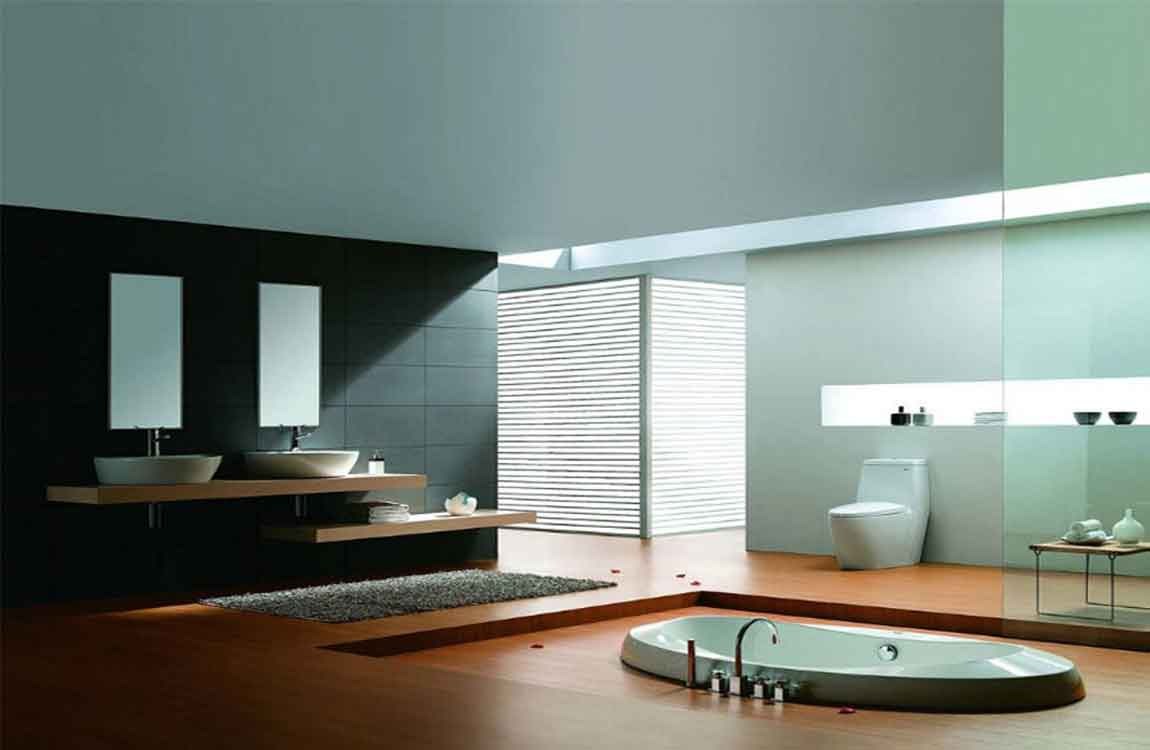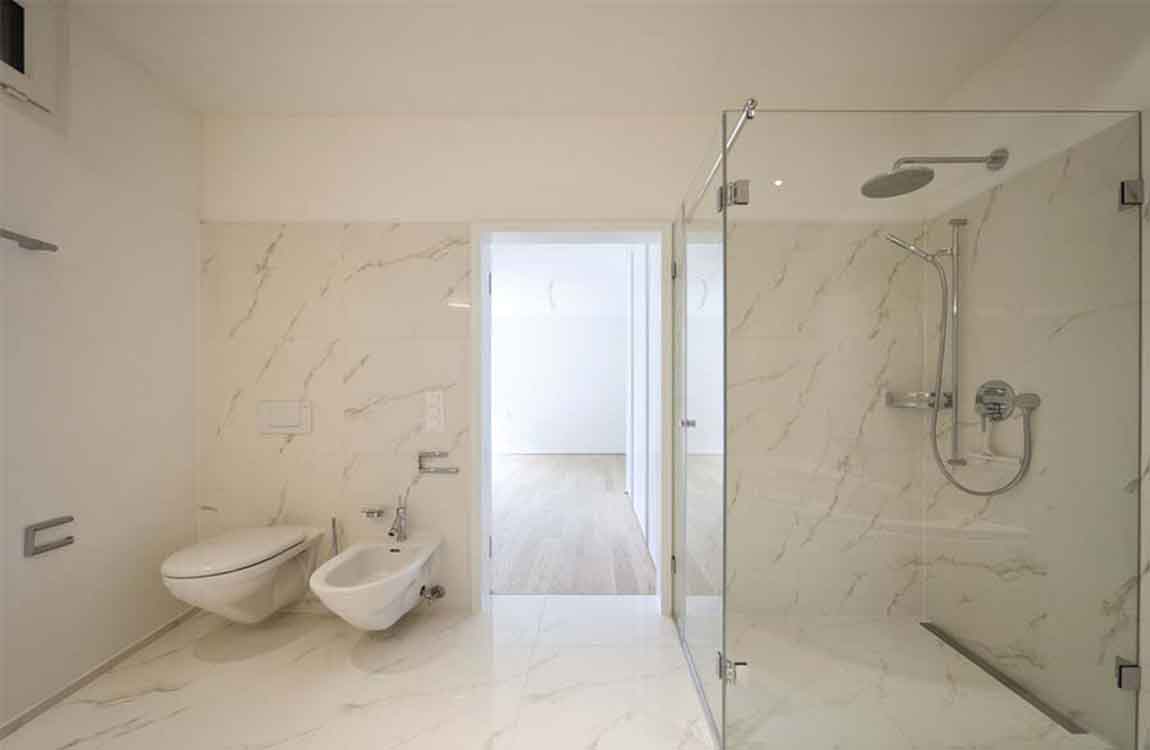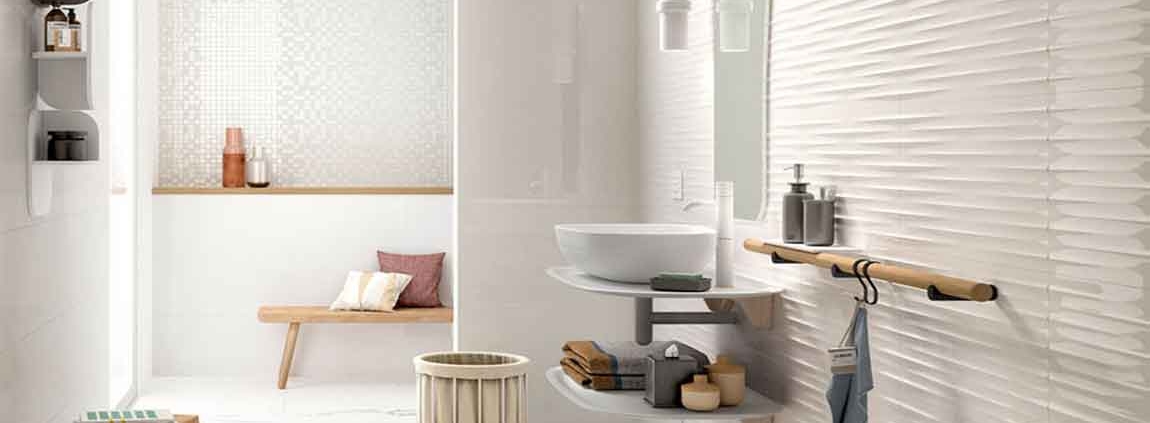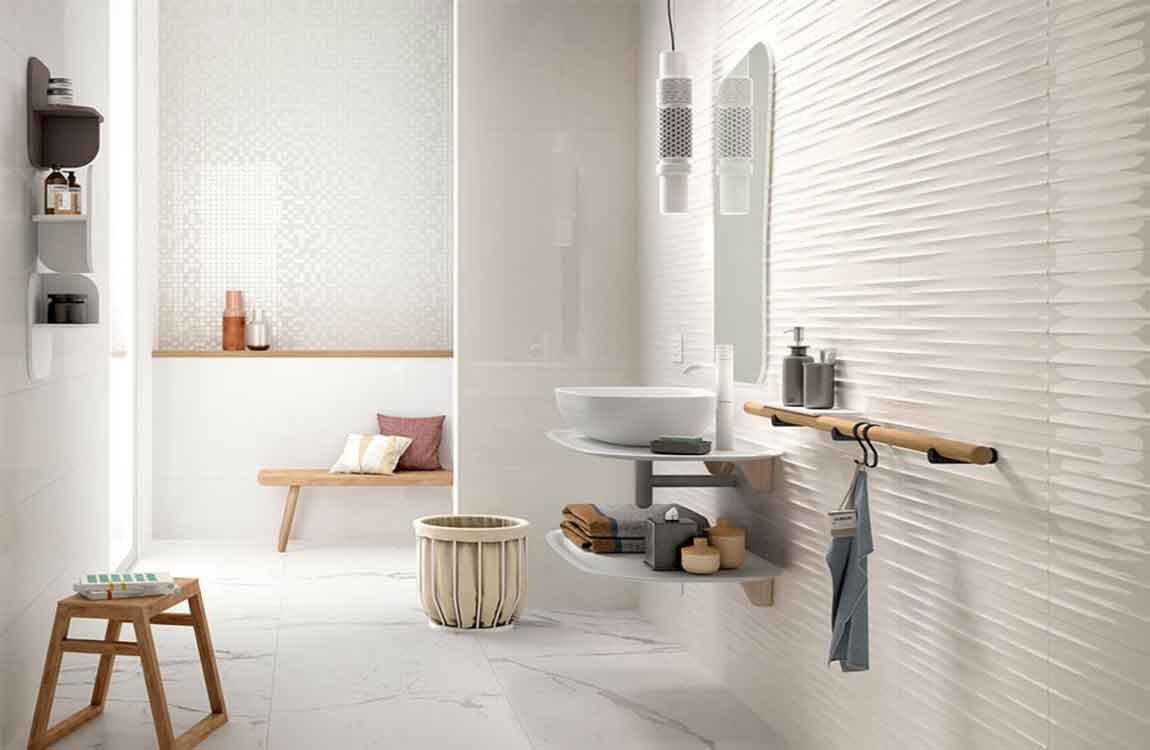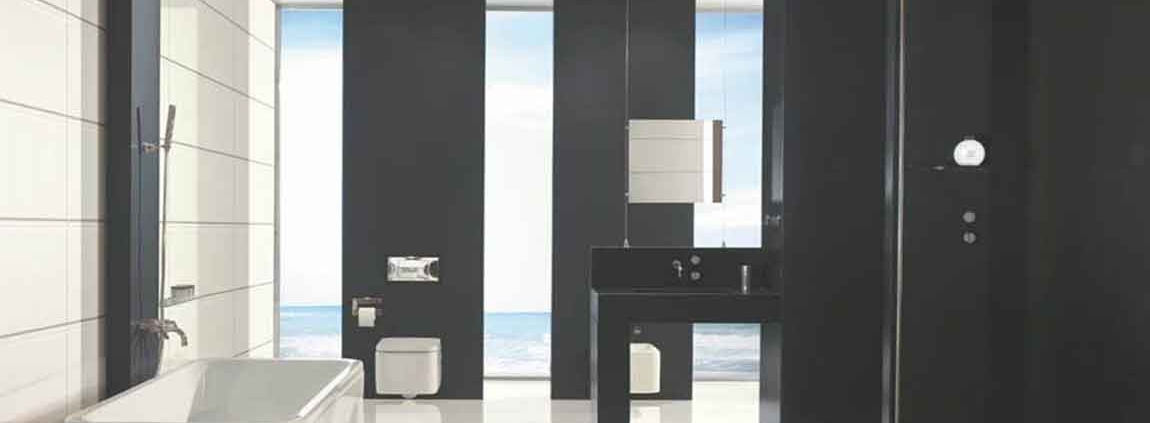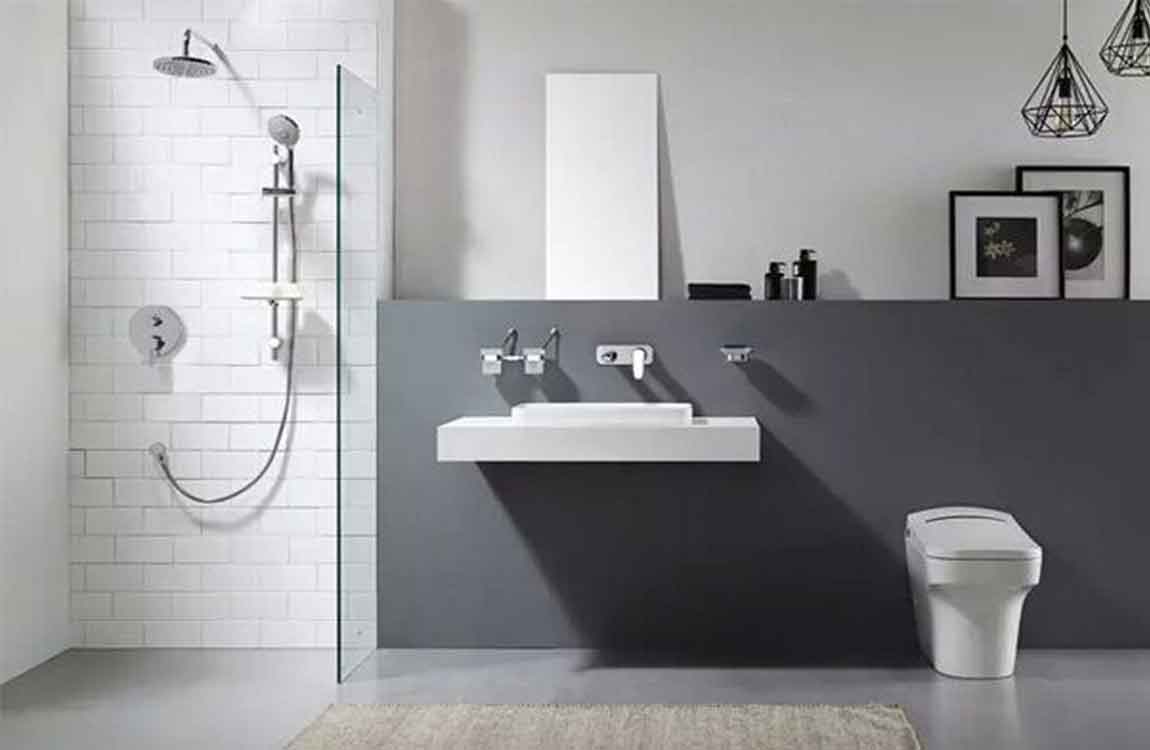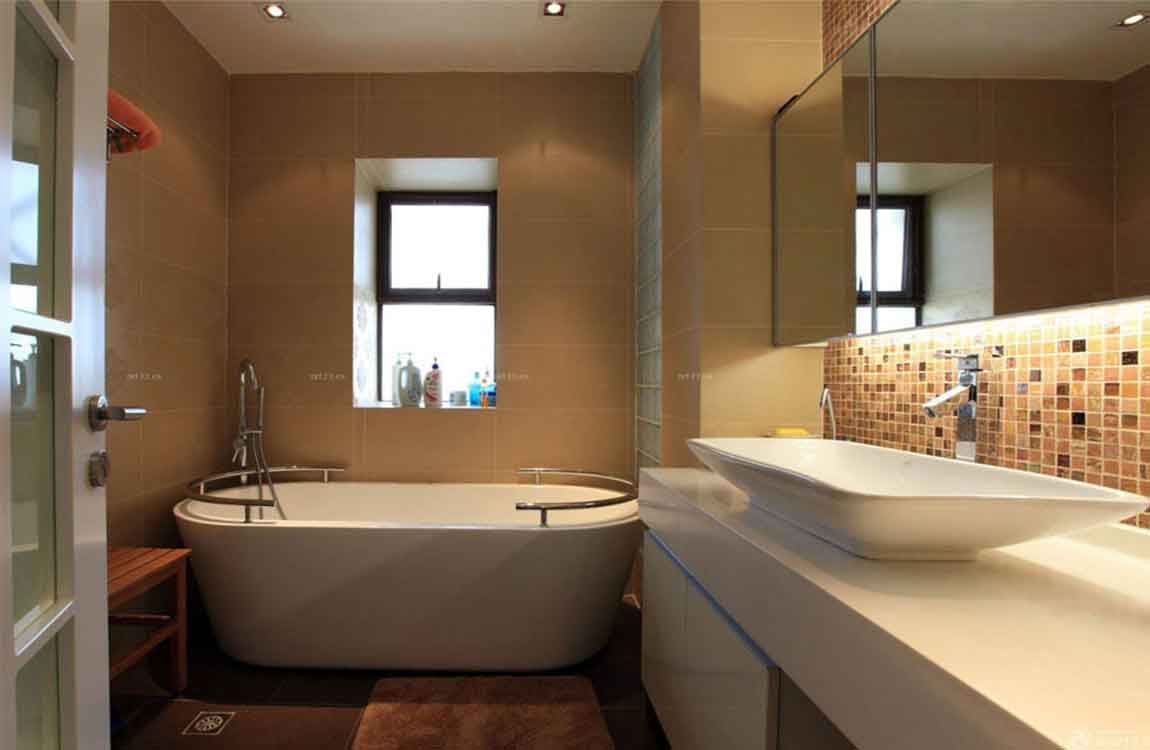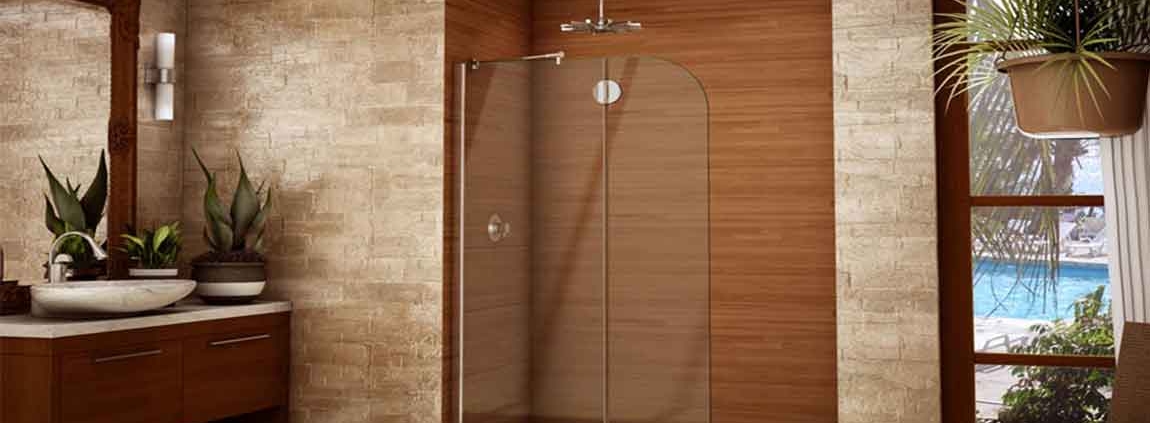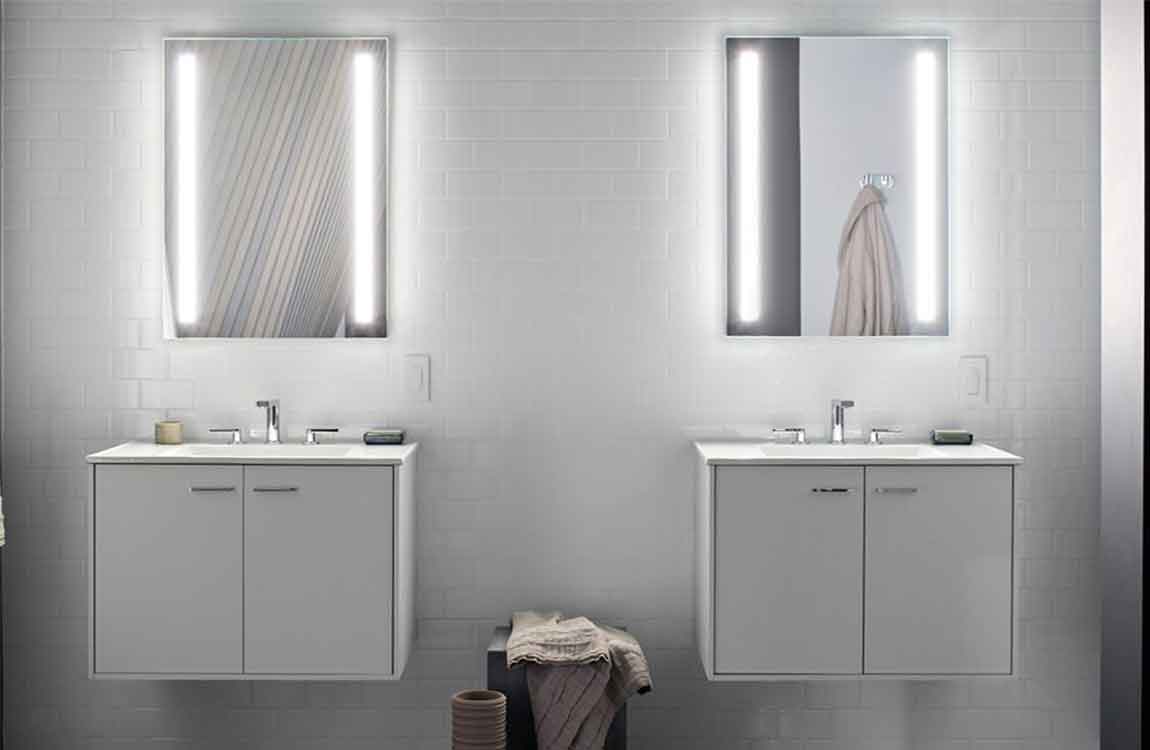How Removing your Stuck Shower Head?

Use a wrench or pair of pliers to remove the shower head. Often, you can rely on simple tools, such as wrenches or pliers, to loosen your stuck shower head. When one method does not work, try the next method. Cover the fixture’s connector or plumbing nut with an old cloth to protect the metal. Grip the connector or nut with a wrench or pair of locking pliers.
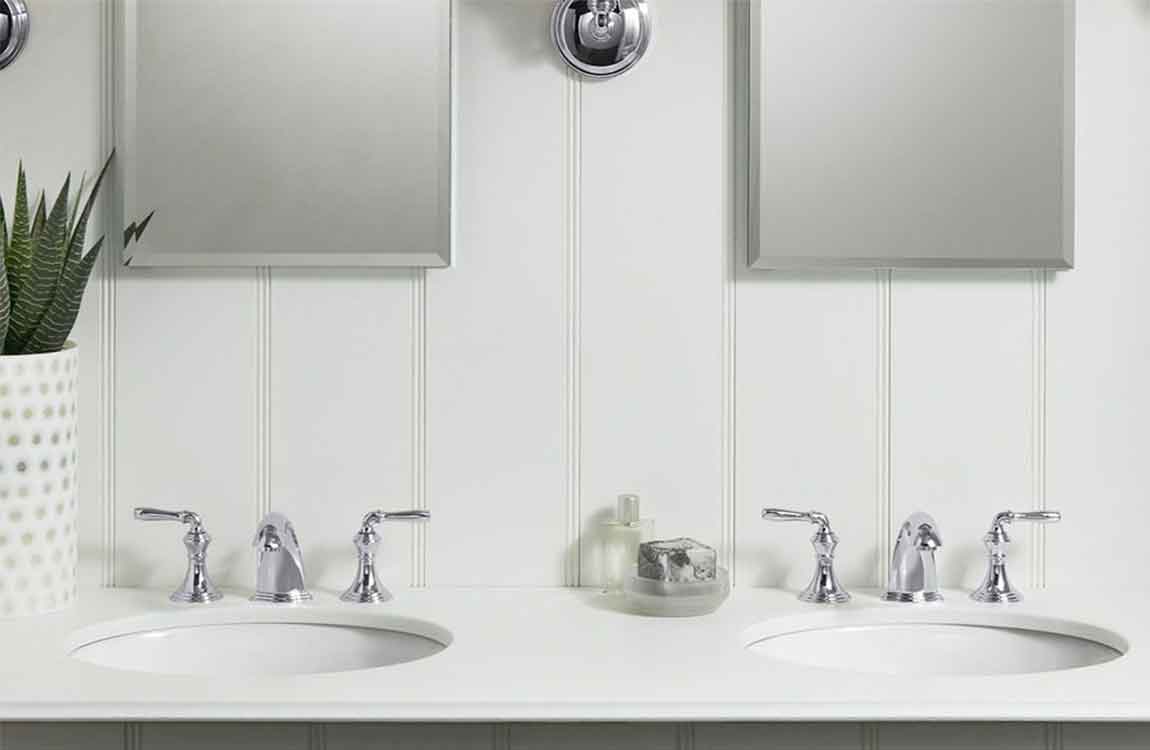
First, turn the wrench or pliers clockwise in an attempt to break the rust or mineral deposits. Turn the tool counterclockwise to loosen and remove the shower head. Apply a rust, calcium, and lime remover to the shower head. Treating the rust and mineral build-up with chemicals may loosen the connector or nut.
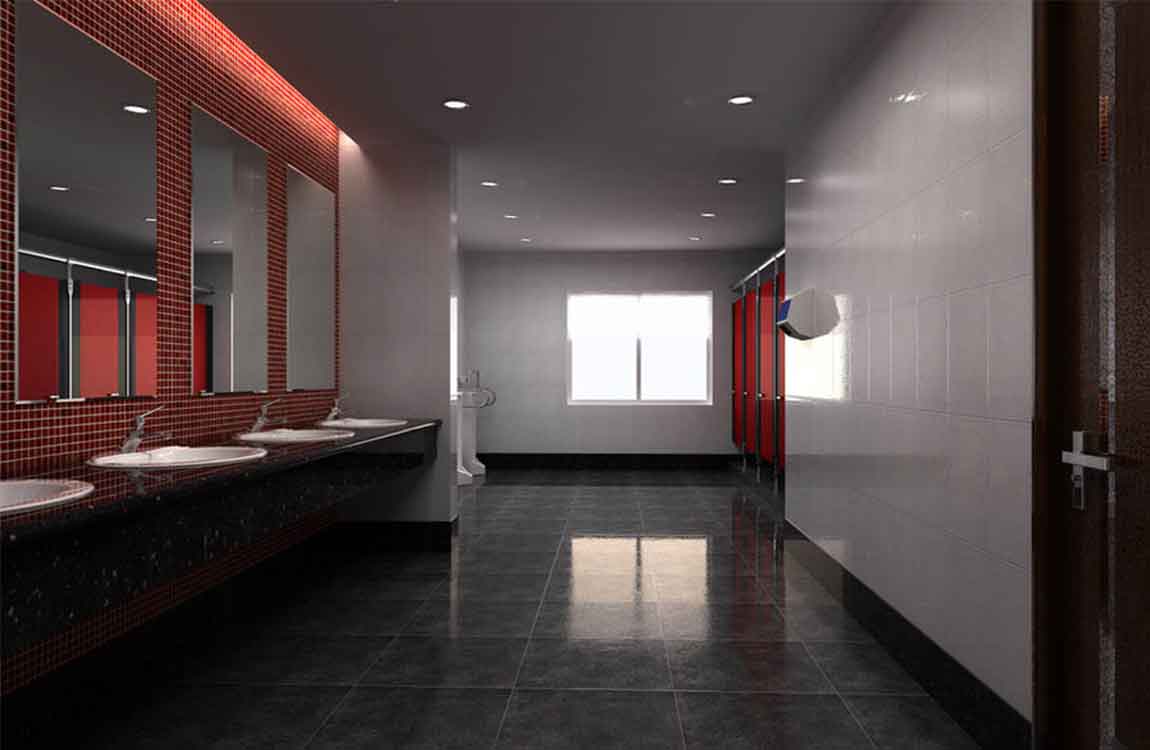
Read the instructions on the bottle of rust, calcium, and lime remover. Apply the product as instructed. Allow the product to sit for the allotted time. Scrub off the product with a wire brush, removing the rust, calcium, and lime in the process. Wipe the shower head and shower arm clean.

Apply penetrating lubricant to the shower head. Penetrating lubricants, like WD-40 and Liquid Wrench, can work wonders on a stuck shower head. Apply one coat of the penetrating lubricant to the connector or nut. Allow it to sit for two hours. Apply a second coat of the penetrating lubricant to the connector or nut. Allow it to sit for two hours.

Cover the connector or nut with a cloth. Grip the fixture or nut with a wrench and attempt to loosen the shower head. Consult your kit’s directions for the exact drying time for your specific finish. If you don’t let the finish dry long enough, you could end up with streaks and bubbles in the new coating and you will need to start the process over again.

